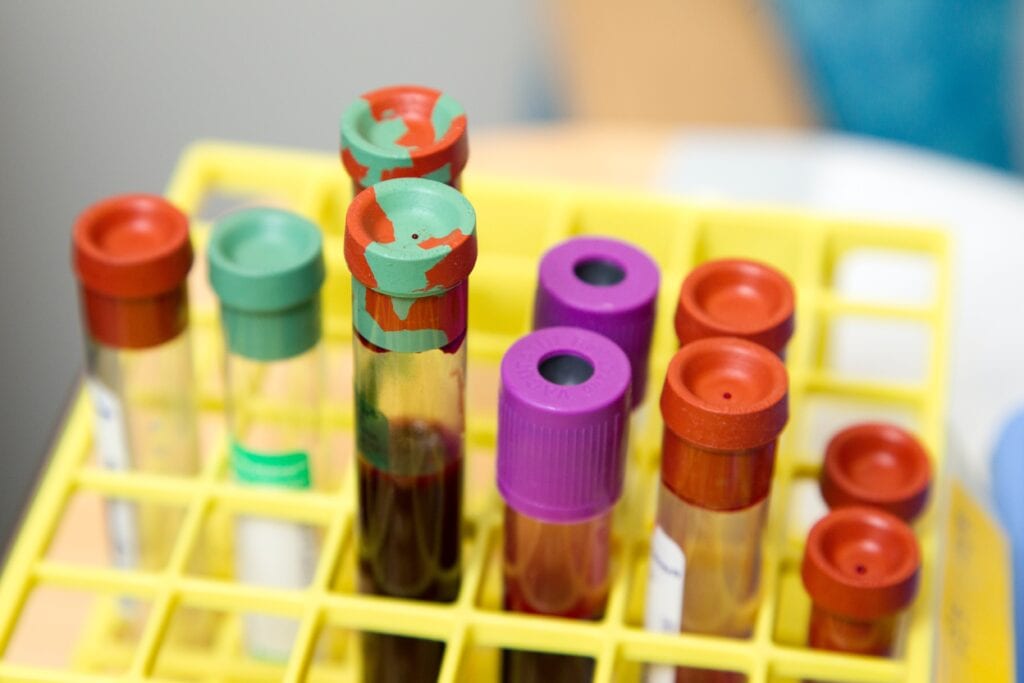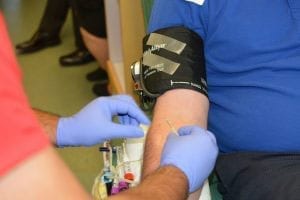The medical realm is changing – but how does that impact patient care and clinical expectations? The National Hemophilia Foundation discusses how clinical expectations for patients with hemophilia don’t necessarily align with newer, more innovative treatment options. Changing these expectations can ultimately benefit patients and improve patient outcomes. The full model for treatment can be found in Haemophilia.
Hemophilia
Hemophilia is a rare inherited bleeding disorder which causes the blood to not clot normally. When someone is cut or injured in some way, blood cells clump together to form a clot and stop the bleeding. But people with hemophilia don’t have enough blood clotting factors: factor VIII for hemophilia A, and factor IX for hemophilia B. Hemophilia mostly presents in males.
Symptoms vary, but can include:
- Bloody stool or urine
- Large, deep bruises
- Joint pain and swelling
- Random nosebleeds
- Irritability and mood changes in infants and children
- Extended and prolonged bleeding following injuries, vaccinations, or medical procedures
- Vomiting
- Intense headaches and double vision
- Neck pain
- Severe and worsening fatigue
- Sudden joint warmth, swelling, and pain
Those with the last five symptoms should seek emergency medical care as soon as possible. Read more about hemophilia.
Creating a New Treatment Model
In the past, treatments for hemophilia A were designed to maintain levels of 1% or more of factor VIII. However, researchers note that this presents an issue: patients using these were still at risk of potentially dangerous bleeds.
So why are these treatments still used? There has been a lot of innovation in this sphere. Newer drugs and even gene therapies are easier to administer and provide better protection against spontaneous bleeds. Some of these therapies can even promote normal hemostasis.
Hemo-what? Hemostasis is basically the first step in healing a wound. When a blood vessel bursts, hemostasis begins the coagulation process. So, since people with hemophilia have difficulty with blood clotting and wound healing, promoting hemostasis allows them to safely and more quickly heal.
Updated Model for Hemophilia Treatment
Between 2017 and 2019, patient advocates and healthcare providers from 24 countries collaborated to form this updated model. Its goal is to create a foundation that promotes better patient outcomes. In the researchers’ minds, this meant patients achieving a similar level of hemostasis to people without hemophilia. The model consists of a set of milestones:
- Milestone 1: Prevent early death. This milestone is achievable with factor concentrate treatments, home care, and health provider accessibility.
- Milestone 2: Improved QOL. This milestone means that patients are experiencing less joint pain or impairment. Patients are able to participate in daily activities. Mostly all patients who began early treatment should be able to reach this milestone.
- Milestone 3: No spontaneous bleeding. In this milestone, patients can participate in “low-risk” activities such as Frisbee golf, gardening, snorkeling, and water aerobics. By this stage, there should be no random bleeding. Most patients who are currently being treated for hemophilia should be able to reach this milestone.
- Milestone 4: Unhindered mobility. By this stage, people can engage in work, school, and family life without restricting themselves. This stage is achievable for people taking prophylactic treatment from an early age.
- Milestone 5: Unrestricted lifestyle. Patients hitting this milestone can go through minor trauma or injury without worry. They must be using on-demand replacement factors to help manage their condition.
- Milestone 6: No intervention following medical treatment. By this stage, patients can undergo surgery or experience an injury without needing specialized care. Patients can reach this stage through collaboration with a hemophilia treatment center. Additionally, these patients should have access to replacement factors if needed.
- Milestone 7: Normal hemostasis. This milestone promotes enhanced quality of life. Patients who reach this milestone receive extremely early treatment. Additionally, gene therapy could benefit patients who want to reach hemostasis.








